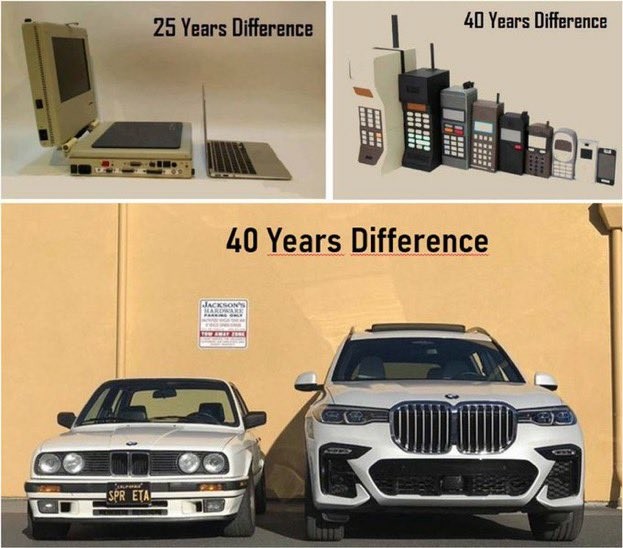this post was submitted on 28 May 2024
660 points (92.5% liked)
Degrowth
782 readers
1 users here now
Discussions about degrowth and all sorts of related topics. This includes UBI, economic democracy, the economics of green technologies, enviromental legislation and many more intressting economic topics.
founded 1 year ago
MODERATORS
you are viewing a single comment's thread
view the rest of the comments
view the rest of the comments

Nah, we still make compact cars similar in size with the same safety features to econoboxes from 40 years ago. Like houses, people want more room in their vehicles than they had with the smaller cars plus some other misinformed choices like thinking bigger and taller means safer.
Plus along with the older small cars we also had the giant boats that got single digit mpg. It wasn't like they were all small in the past.
"with the same safety features"
Eh, no, cars from 40 years ago wouldn't pass current safety tests
Cars of the same size weight a lot more now than they used to back in the day and safety features is one of the main reasons.
Here is the same thing I posted, but reworded slightly to be more clear.
We make some cars now with modern safety feature that are big and some that are just as small as the econoboxes from 40 years ago. A Honda Fit for example is just as small, but with modern safety features.
I said nothing about weight.
In 1984 the smallest Volkswagen was the Polo, weighing 685 kg. Now it is the Up, weighing 991 kg. That's 45% more weight. Now you specifically didn't mention weight, but all that weight has to go somewhere, especially considering most materials mostly got lighter.